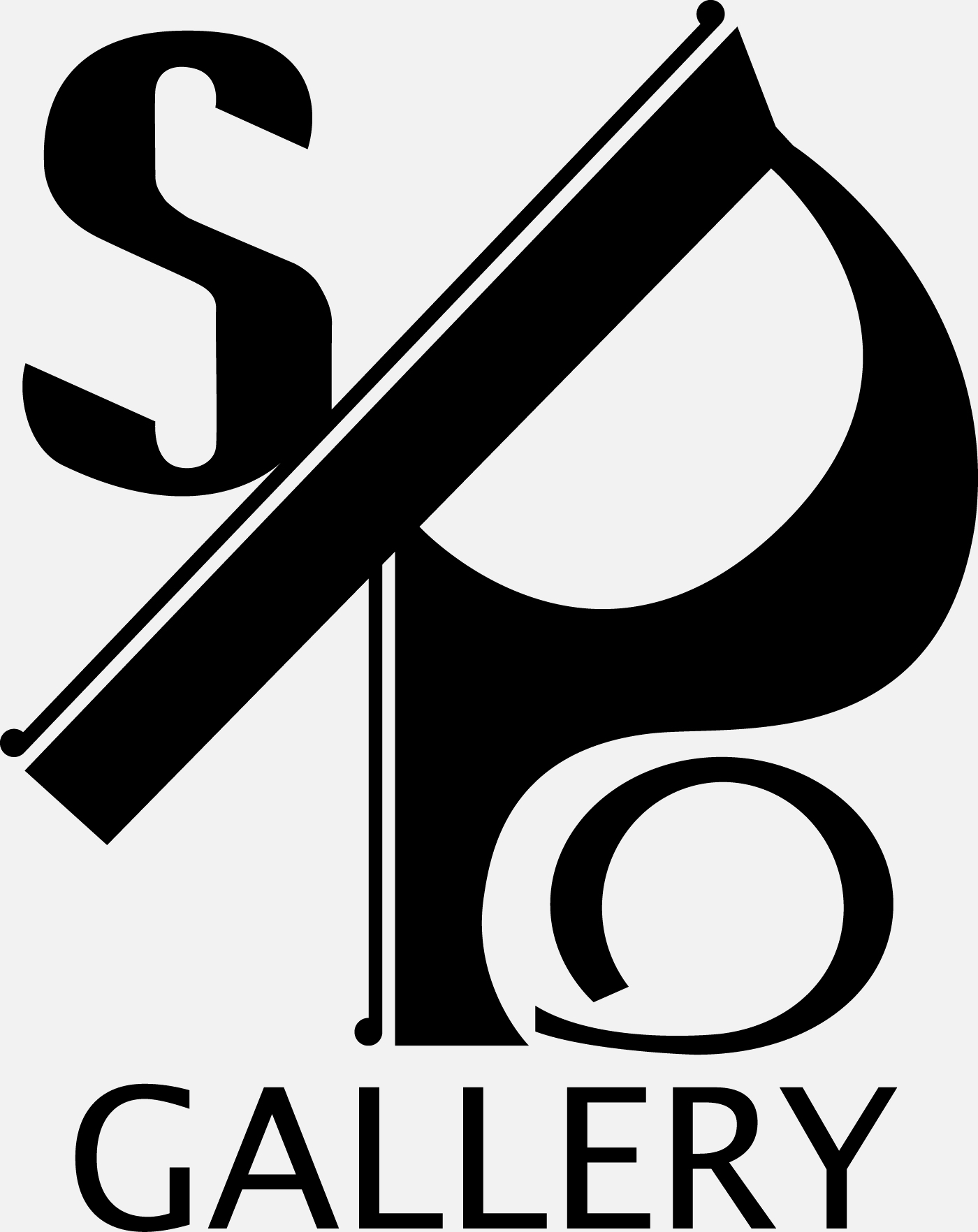Review by John DeWind
https://www.naiabrooklyn.org/updates/2018/12/6/november-opening-at-sro
Lawrence Swan Tree of Life
Lawrence Swan Wild Flower
Lawrence Swan Stitched Mask, unpainted
Rebecca Aidlin These are Pearls
Rebecca Aidlin Embroidered Mask Within
Rebecca Aidlin Embroidered Mask with Hair
Rebecca Aidlin Thoughts for a Letter
SRO GALLERY is pleased to present the works of Rebecca Aidlin and Lawrence Swan for the first time together.
Lawrence Swan’s use of internet cable for the weaving of a Crucifixion facsimili is both a kind of primal ritual performance and an involvement in the mythopoetic. Through the use of purposely ‘found discarded internet cable’ it becomes an indentification/interpretation of suffering, while questioning just what could be ‘hardwired’. Lars leaves the question unanswered. There is an intensity of interior meandering in Swan’s work that echoes of pictorial density and the enigmatic search for a myth.
In some of Swan’s paintings we see remnants, attempts, as well as suggestions, of the shape of a Crucifixion. Whether this imagery conjures Christianity is left up to the viewer. Certainly a Cross shape holds this connotation. The certainty, the belief, in this work stems from repetition of motif, repetition of materials and the choice of process used. The simple unschooled hand stitching lovingly and meticulously used for applying design (forms) and for connecting one piece of canvas to another reveals sewing/sowing and can become both a function of drawing in an exploration, or a channeling, of primitive culture and ritual.
In Swans’ own words:
“I sew pieces of stained canvas together, like a quilt. Folding is a way to measure the material, folding in half, quartering, etc. With paper, the crease of the fold remains as part of the drawing, but with the canvas I fix the crease by hand stitching along the fold, and the thread I use for this is another element in the drawing, among the woven threads of the canvas. Staining the canvas or paper with paint or ink doesn’t hide the surface of the ground, but shows its texture. The drawing really begins with all this preparation of the ground. The shape of the canvas is the first figure that more or less contains all other figures.”
“I also sometimes represent a human figure as a pictograph, like an element in an alphabet. Some canvases are mounted on wood constructions. Using pictographs, ideographs, and other shapes to construct something like a secret language recalls the work of the New York School painters, so art history is presupposed, as well as the history of writing systems and meaning systems of world cultures beyond our Western art tradition, and allows me to extend the mythopoetic possibilities in the figurations of drawing/painting, I hope.”
Rebecca Aidlin’s sculpture at first appears to transmit a sense of joy as a synthesis between the organic and the abstract. You can sense how she must have felt like making the work, forming the wire, attaching the hermetic embroidery to the wire then onto the wall. The artist’s freedoms are within constructivist and spatial principles that spontaneously emerge with notions of the flight paths of birds. Aidlin is here representing not a planned but a pastoral way of being. And yet there is a latent sense of figurative discourse held within Aidlin’s sculpture bringing us to another order of complexity; floating plaster biomorphic forms reference science classroom constellation dioramas, as if nature were merging with the theatrical, and in so doing, synthesizing life itself as it searches for a way towards healing. Like the other artist in this exhibit, Aidlin weaves stark unadorned materials into an intricate matrix in her search for meaning and personal revelation.
Aidlin’s studio is her refuge where she ignites dialogue notes taken outdoors to consider the symbiotic and the independent.
Both these artists open up a reflection of archetype as personal meaning in the spirit of play and free association. Using Collage as a figurative embodiment of past, present and future, objects are reworked to depict rearrangements of time. Both artists’ use of collage evokes opportunity to redefine one’s course.
The work moves between observation, gathering, and reaction to the world they see around them; reaffirming the importance of the individual psyche and the personal quest for wholeness.
Don Doe
Cecilia Whittaker-Doe








